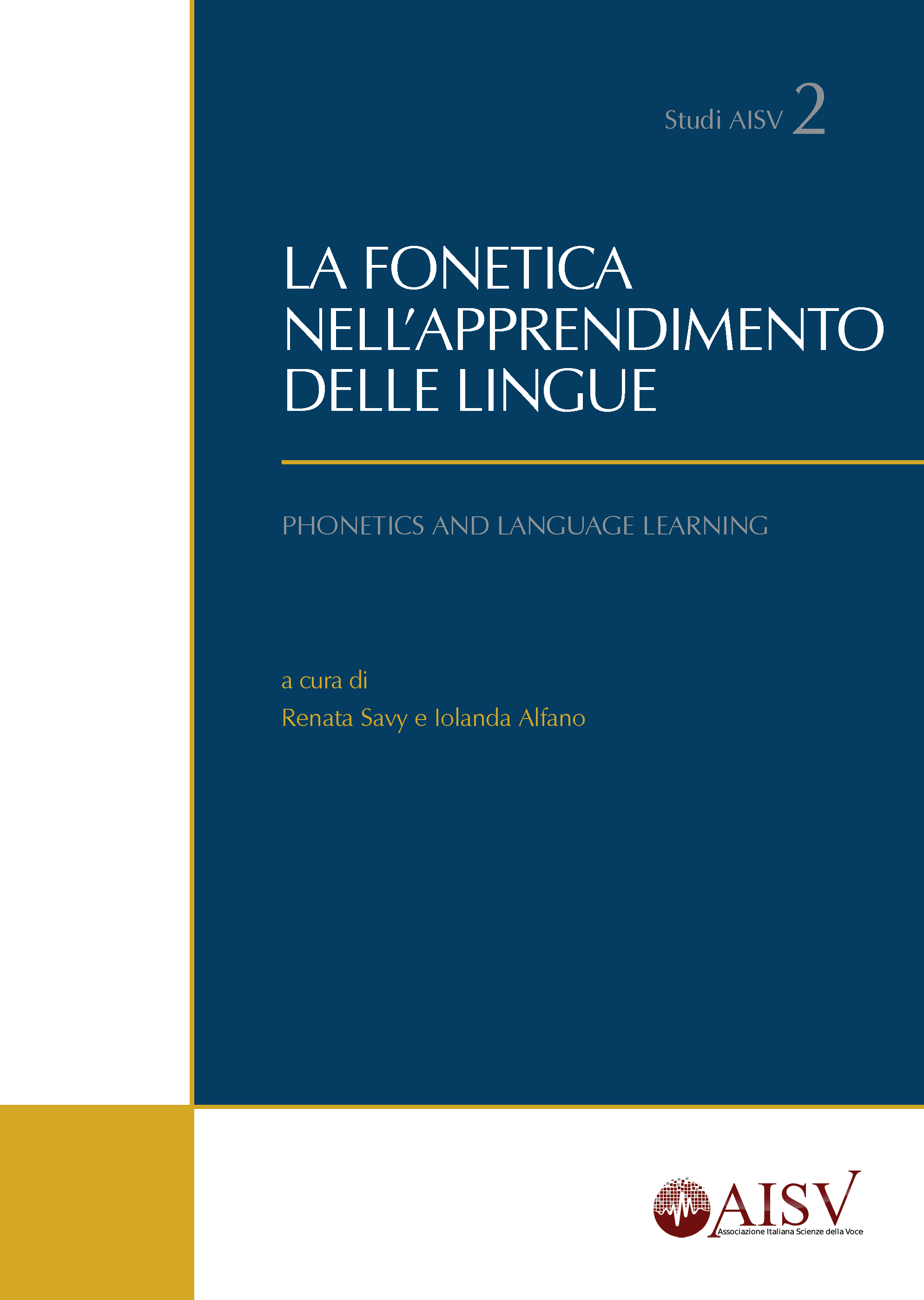Phonology Drives Compensation
Bridging linguistic and clinical evaluation for a classification of speech impairment in dysarthria
DOI:
https://doi.org/10.17469/O2102AISV000022Keywords:
Parkinson’s disease, dysarthria, impairment evaluation, articulatory phonology, compensation strategiesAbstract
Kinematic data collection is providing new possibilities to enhance (and objectivise) the evaluation of the impairment in Motor Speech Disorders. Focusing on Hypokinetic Dysarthria in Parkinson’s Disease, recent studies reveal that pathological speakers, despite showing deficits in amplitude and coordination of speech gestures, are able to correctly realise kinematic and acoustic correlates of phonological contrast (such as in the alternation of singletons and geminates in Italian) through some compensatory strategies. Our hypothesis is that phonological constraints drive the compensation, but constraints due to the pathology act at the phonetic level, on contiguous gestures. This seems to be the case when analysing speech production. In order to check this hypothesis on listeners’ perception of pathological productions, an auditory test aiming to collect both phonological and phonetic information was designed. Furthermore, the information collected were also used in order to more objectively classify pathological speakers’ productions. Results seem to confirm our hypothesis and suggest that a phonologically-phonetically based evaluation of the level of Motor Speech Disorders’s impairment may correspond to subjective clinical evaluation, and thus can be eligible for objectivising clinical assessment.
Downloads
Published
Issue
Section
License

This work is licensed under a Creative Commons Attribution-NonCommercial 4.0 International License.





